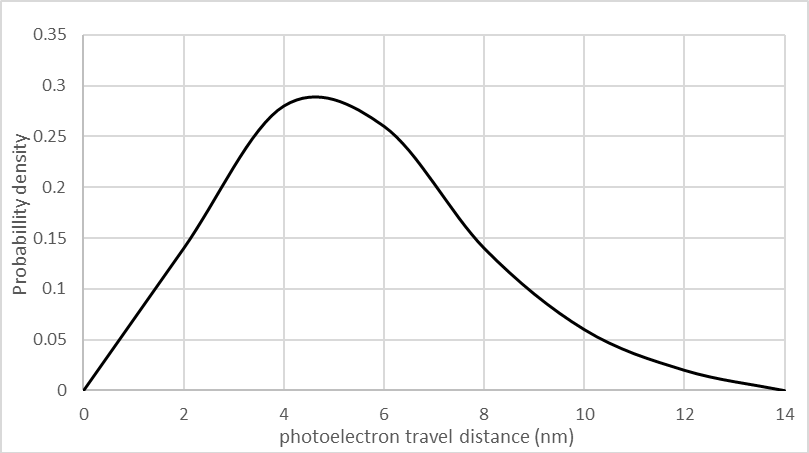US chip giant secures all initial stock from ASML / Samsung and SK Hynix to get units next year
Intel has secured the majority of high-NA extreme ultraviolet (EUV) equipment that ASML is manufacturing up to the first half of next year, TheElec has learned,
The Dutch fab equipment maker is manufacturing five units of the kit this year, which will all go to the US chipmaker, sources said.
As ASML’s production capacity for high-NA EUV equipment is around five to six units per year, this means Intel is getting all the initial stock, they said.
Intel’s rivals Samsung and SK Hynix are expected to get their hands on the kit sometime during the second half of next year.
The US chipmaker preemptive purchased the equipment as it announced its re-entry into the chip foundry, or contract chip production, business, they also said.
ASML’s high-NA EUV equipment is a must for chipmakers to make 2-nanometer (nm) process node chips. Each unit costs over 500 billion won.
NA stands for numerical aperture and indicates the ability of an optical system to collect and focus light. The higher the numerical value, the better it is at collecting light, High-NA EUV equipment has their NA increased to 0.55 from 0.33. This basically means the equipment can draw finer circuit patterns.
Intel is adopting high-NA EUV faster than its rivals to win over customers. The company reentered the foundry market in 2021 but last year the business lost US$7 billion.

Intel secures high-NA EUV kits over rivals
Intel has secured the majority of high-NA extreme ultraviolet (EUV) equipment that ASML is manufacturing up to the first half of next year, TheElec has learned,The Dutch fab equipment maker is manufacturing five units of the kit this year, which will all go to the US chipmaker, sources said.As ASML’

